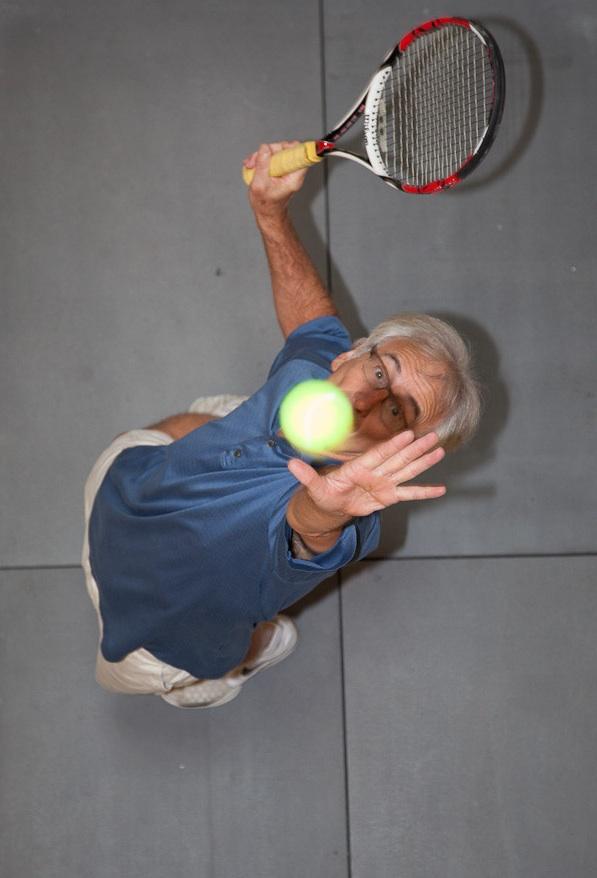
Lab Staff
The Bryers research group is one of perhaps only two or three engineering-based research groups investigating the interaction of bacteria, immune cells, and biomedical implant materials. Our research over the past 18 years has defined and quantified the biological and physical processes governing the formation and persistence of microbial biofilms in biotechnological and medical systems.
Anti-Biofilm Biomaterials
This NIH/NIAID supported research seeks to develop polymer biomaterials that prevent bacterial colonization and subsequent biofilm formation by using novel small molecules that do not kill bacteria but rather negate biofilm formation. Biomaterials will release a variety of novel “anti-biofilm” therapies rather than employing a toxic compound such as an anti-biotic or disinfectant. Such therapies include: gallium-siderophore complexes that interfere with iron metabolism, DNAse enzymes that disrupt the biofilm exopolymer matrix, specific species adhesion blockers, and designer small peptides that block bacterial amyloid fibril formation.
Engineering Infection Immunity
This group of NIH funded research projects seeks to generate biomaterials that self-vaccinate the host in order to prevent medical device based infections. Biomaterial scaffolds will be created that can control dendritic cell (DCs) activation and efficiently transfect DCs with either pDNA or self-replicating mRNA nucleic acid vaccines. Platform vaccine technologies also have significant applicability to cancer immunotherapies.
Healing by Controlling Macrophage Plasticity
Can certain macrophage phenotypes continue to differentiate in desired tissue cells, exhibiting stem-cell like behavior? If so, can biomaterials be designed to engineer macrophage phenotype and affect such plasticity? This group of NIH funded projects investigates the role nano- and micrometer sized particles (extracellular vesicles; exosomes and microsomes) generated by mammalian cells play in cellular differentiation and phenotype plasticity.
Publications
 |

